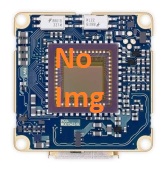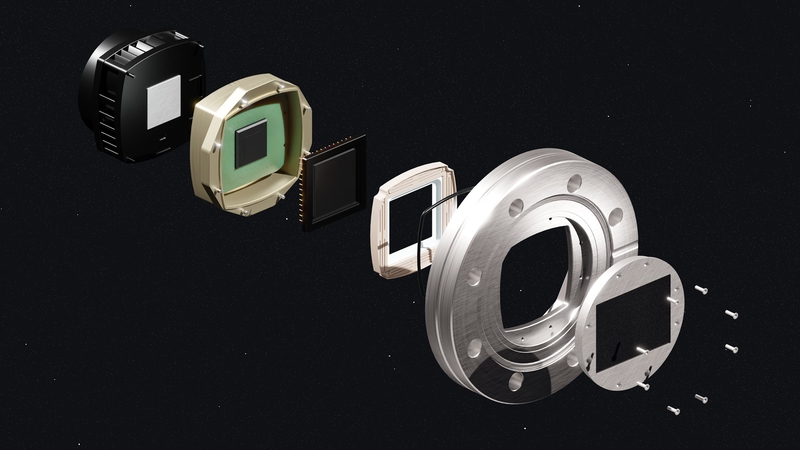
- Home
- News
- Press release
- Product news
- New XUV and soft X-ray camera models of sCMOS cameras
Muenster, Germany, MAY 2023 – As part of its xiLAB initiative, XIMEA expands the xiJ family of cooled sCMOS cameras with models for XUV and Soft X-ray imaging.
For a long time, the diffraction limit defined by Ernst Abbe defined the natural barrier that restricts the resolution of small objects.
To overcome this limitation multiple techniques like STED, STORM, PALM, TEM or others were developed, using advanced illumination and detection technologies.
In its original sense, the Abbe limit states, that the shorter the wavelength of the particle, the higher the resolution.
Therefore the observability to resolve small structural features in the image is also higher.
This fundamental law applies to visible light and to all photons of the electromagnetic spectrum.
That includes the high energy containing photons of extreme UV (XUV), roentgen radiation (Xray), and electrons.
While the diffraction limit is still valid, using XUV (CWL: 13.5nm), soft-Xray, and high energy containing electrons, it is possible to push the resolution higher.
Thus, enabling to resolve the fine structural features and dynamics in biological processes (cells, human body) as well as materials.
XIMEA’s solution
To fulfill these needs and leverage the high potential of XUV/soft-Xray, XIMEA added a new MJ042MR-GP-P11-BSI-UV model to the scientific portfolio of cameras.
The model is equipped with the new Gpixel GSENSE400BSI-UV (PulSar) sCMOS sensor that is combined with Peltier cooling and USB3 interface.
The camera body is extended by a standard DN 63 CF vacuum flange. Additional flange formats are available upon demand.
By using the new Pulsar sensor the spectral range is extended from IR, VIS, and UV into the soft-Xray regime, covering a maximum range from 0,5 to 1000 nm.
Main specifications of the new MJ042 Pulsar models:
MJ042MR-GP-P11-BSI-UV: 4.2 Mpix, Gpixel GSENSE400 BSI, backside illuminated monochrome, 2048 x 2048, 11 μm pixel, 2" with TEC and USB3
MJ042MR-GP-P6-BSI-UV: 4.2 Mpix, Gpixel GSENSE2020 BSI, backside illuminated monochrome, 2048 x 2048, 6.5 μm pixel, 1.2" with TEC and USB3
Wavelength sensitivity ranges:
Soft X-ray: 0.2 - 12 nm (0.1 – 5KeV)
XUV, EUV: 10 - 124 nm (<0.1Kev @ cw:13.5nm)
Advantages
|
Unique selling proposition |
|---|
|
Fast image acquisition and high framerates - 48 FPS |
|
Overall benefits |
|---|
|
High Quantum efficiency up to 99% |
Applications
The wide pool of possible applications for this kind of detector ranges from Astronomy to nanotechnology throughout industrial and life science applications.
The industry demands new technologies to shrink the size of electronic components and increase their quality through coherent diffraction imaging techniques.
Science on the other hand requires this radiation to overcome the diffraction limit and resolve even smaller structural features.
For both, XIMEA developed a new camera operating with high sensitivity in Soft Xray spectroscopy and tomography.
Moreover, many chemical gases, as well as biological relevant molecules, have spectral signatures in the soft-Xray and UV regime.
Thus, these cameras are well suited to visualize and quantify mesoscale biology in the plane and 3D-image reconstruction and other applications like:
|
XANES |
X-PEEM |
STXM |
EUV lithography |
NEXAFS |
UVRR |
|
X-ray absorption near edge structure spectroscopy |
X-ray photoemission electron microscopy |
Scanning transmission x-ray microscopy |
Semiconductor metrology |
Near Edge X-ray Absorption fine structure |
UV Resonance Raman spectroscopy |
|
Hyperspectral |
Forensic |
Solar imaging |
Correlative microscopy |
Additive manufacturing |
FIB/SEM: 3D imaging |
|
Soft X-ray Water Window Tomography |
Atmospheric chemistry/ composition |
XUV ptychography and spectrometry |
Electron detection imaging |
Phase contrast imaging |
|
Contact us for more information. We'll be happy to help.
Related articles
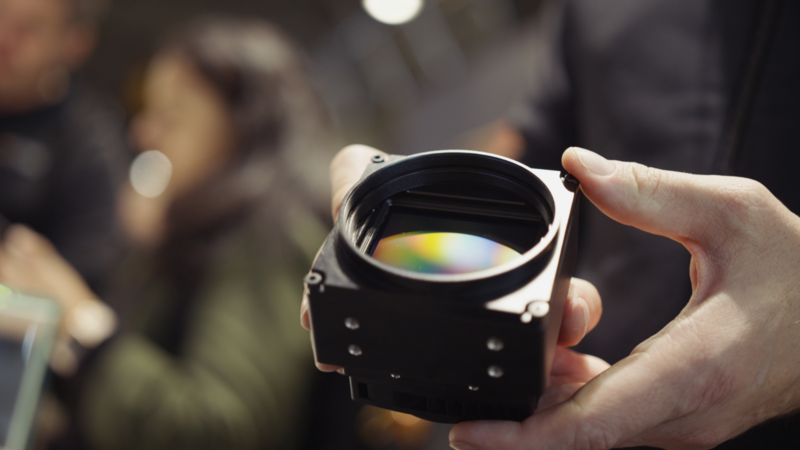
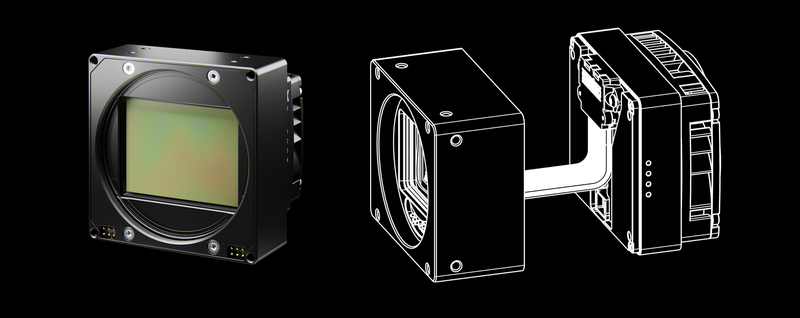
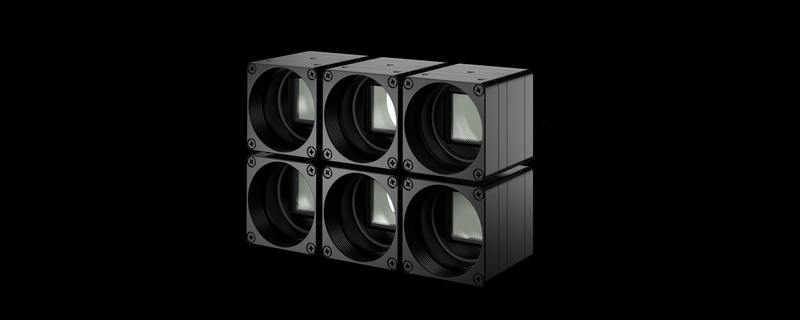
Latest articles

Accelerate edge intelligence with XIMEA’s ultra-low latency PCIe cameras. Stop by for live demos and tech deep-dives with our team at Booth #3231
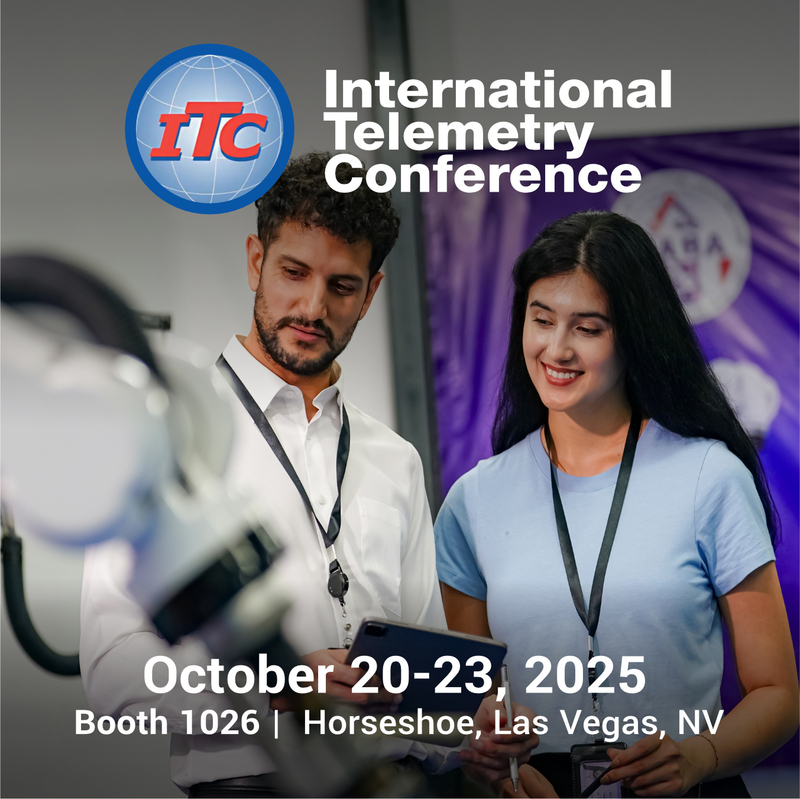
Visit us at booth #1026
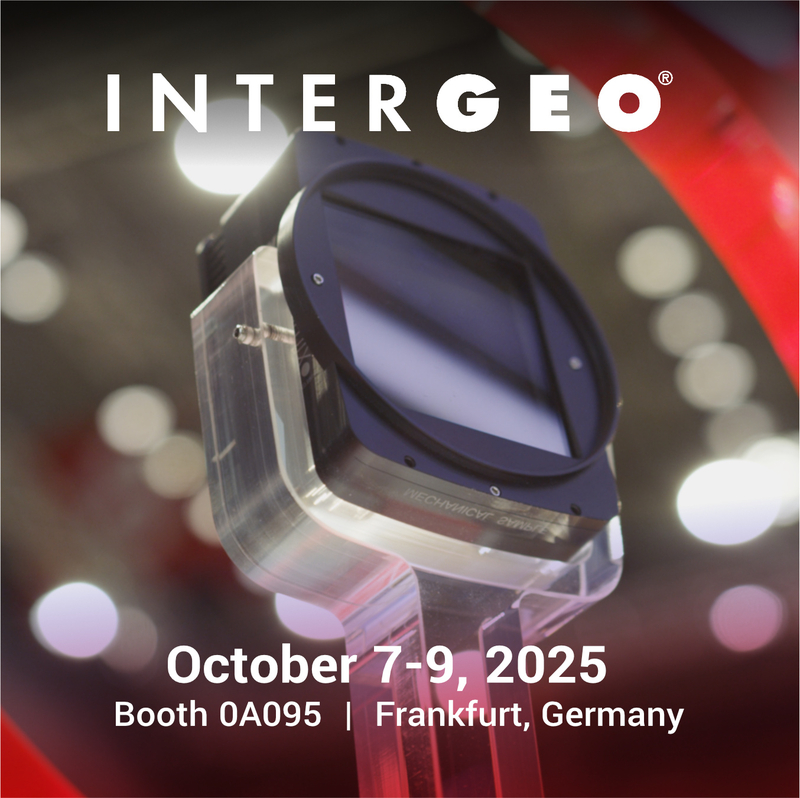
Visit XIMEA at booth #0A095 to get hands-on with cutting-edge camera tech built for flexible payloads, mapping, and more.

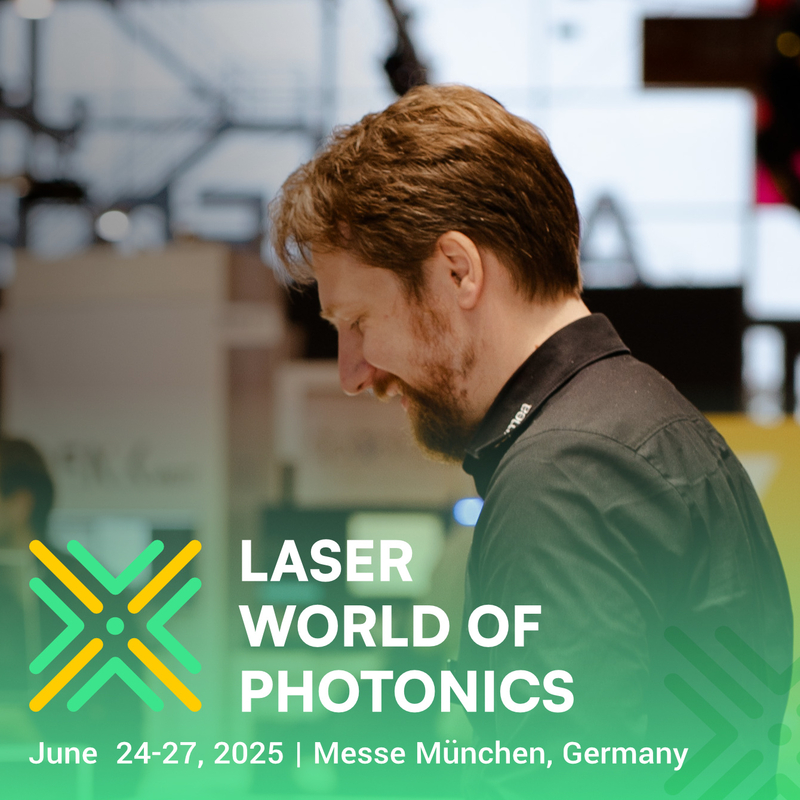

Join us at booth #3138!

